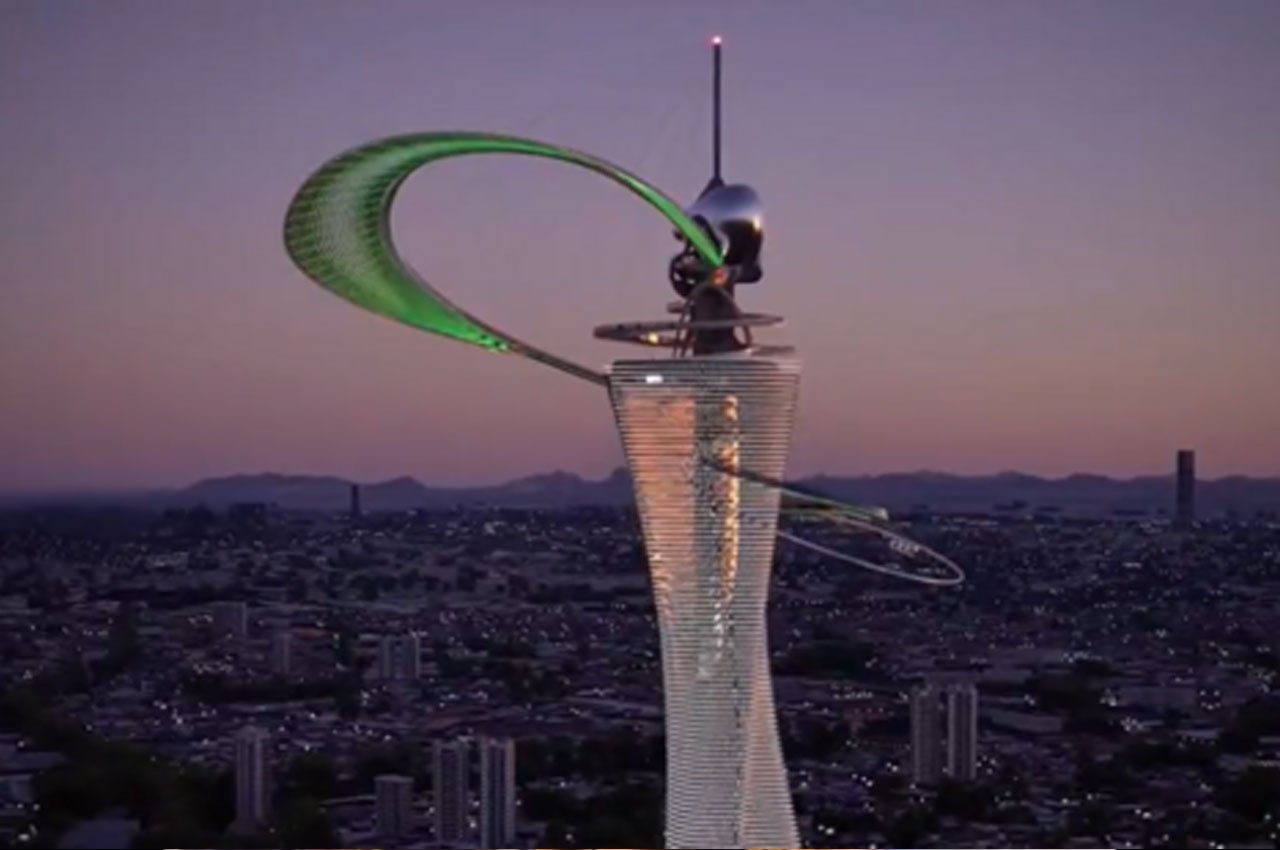Bengaluru’s ₹500‑Cr Skydeck at Kommaghatta Approved. Photo Credit: HT
Bengaluru has taken a major leap in its urban tourism aspirations, with the state government granting approval for a ₹500 crore Skydeck—a striking 250‑metre‑tall observation tower—on a sprawling 30‑acre KIADB plot in Kommaghatta. This long-awaited decision comes after months of deliberation and site rejections, and marks a pivotal moment for the city’s plans to redefine its skyline and boost tourism.
Choosing Kommaghatta: Connectivity Meets Accessibility
Previous proposals for the Skydeck included locations such as Kempegowda Layout, Byappanahalli’s NGEF plot, and the Jnanabharathi campus of Bangalore University. These were dismissed due to issues ranging from academic disruption to aviation constraints. Kommaghatta emerged as the ideal choice due to its superior access from the NICE Road corridor, absence of flight‑path restrictions, and a serene lakeside backdrop.
A Landmark for Urban Tourism
Designed to offer 360‑degree city vistas, the Skydeck aims to become a signature attraction in Bengaluru’s tourism blueprint. Led by Bengaluru Smart Infrastructure Ltd (BSmile) under the leadership of Deputy Chief Minister D.K. Shivakumar, the project is expected to include leisure zones, cafes, exhibition galleries, and landscaped public spaces—enhancing visitor experience while integrating eco‑friendly infrastructure.
Economic & Civic Impact
This ambitious project is part of the broader “Brand Bengaluru” vision to transform the city into a cosmopolitan tourism hub. It is projected to generate significant employment opportunities during both construction and operations and could emerge as a new economic engine. Moreover, its development is expected to catalyze improved connectivity, with potential Metro stations and ring‑road access in future city master‑planning efforts.
Challenges and Community Perspectives
Despite its promise, the Skydeck is not without critics. Urban planners note that essential infrastructure—such as mass transit, internal roads, drainage, and affordable housing—remains underdeveloped. Critics argue these concerns should be addressed before dedicating resources to a tourism landmark. Nonetheless, supporters point to potential revenue sharing models and the economic uplift the tower may provide, asserting it could fund further civic advancements.
Next Steps in the Journey
With the site finalized, ownership of the Kommaghatta land is being transferred to BS-LIME and BBMP. The next phase involves securing necessary approvals—clearing environmental, aviation, and municipal requirements—followed by detailed design planning. Officials anticipate construction to commence by early 2026, with the project unfolding in phases to ensure quality and budget control.
Final Word
Bengaluru’s Skydeck at Kommaghatta represents a defining moment in the city’s infrastructural transformation. If executed well, the ₹500 crore project could join global urban landmarks, boosting civic pride and drawing tourists to experience panoramic views of Bengaluru’s evolving landscape. The real test lies in balancing visionary ambition with pragmatic planning for long‑term urban benefits.




